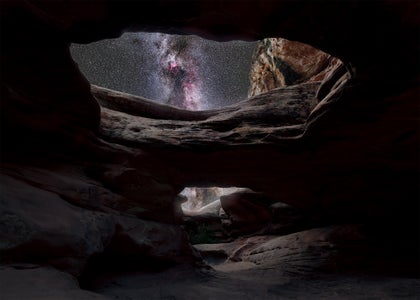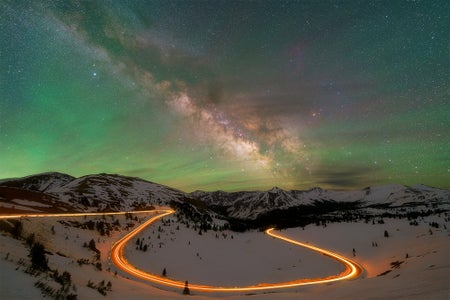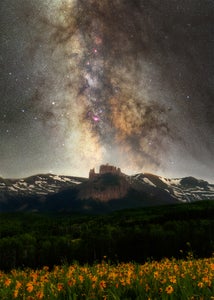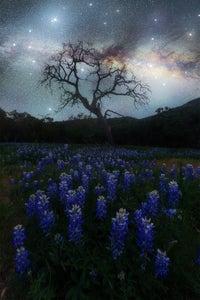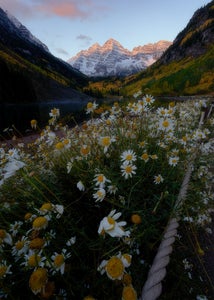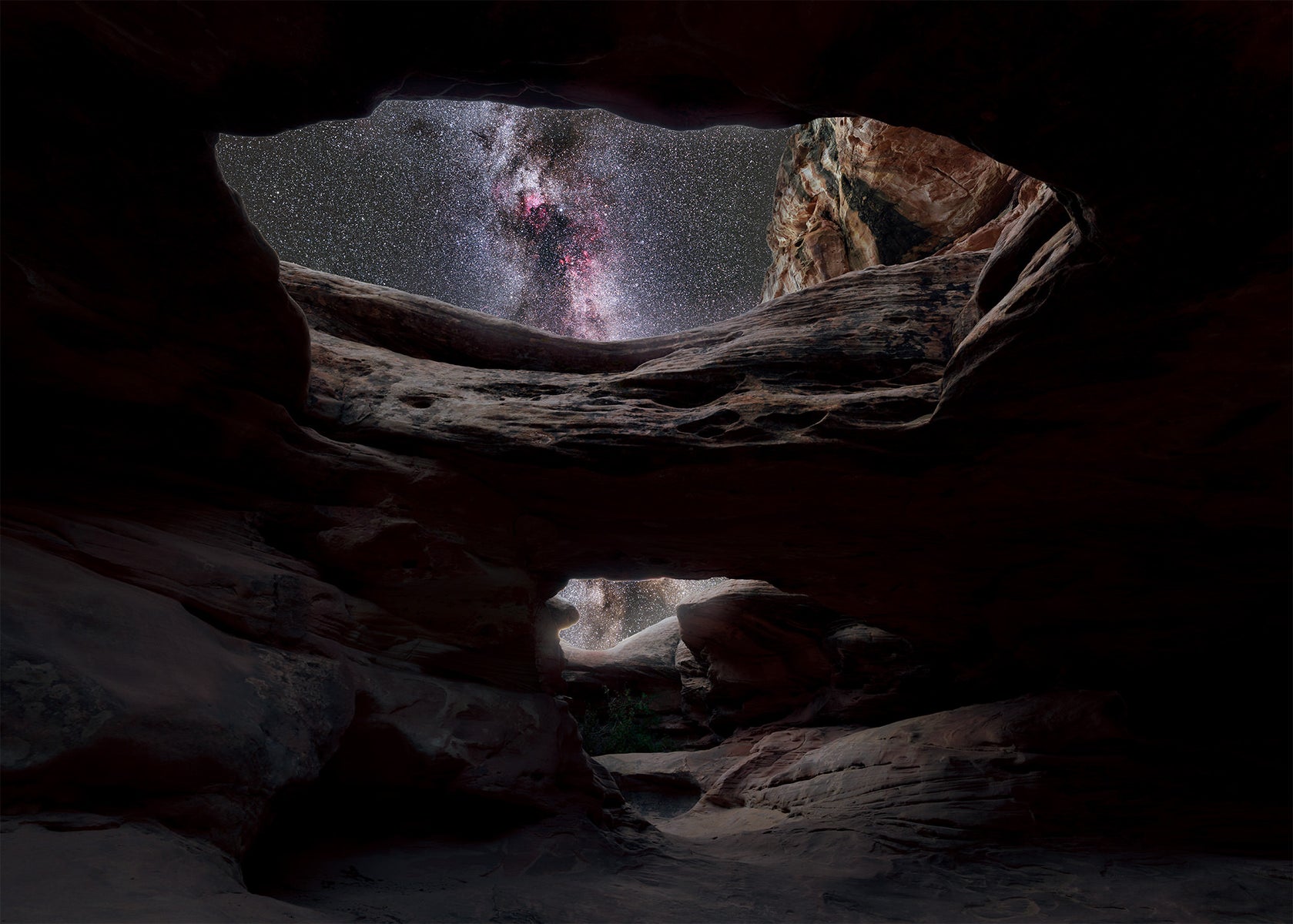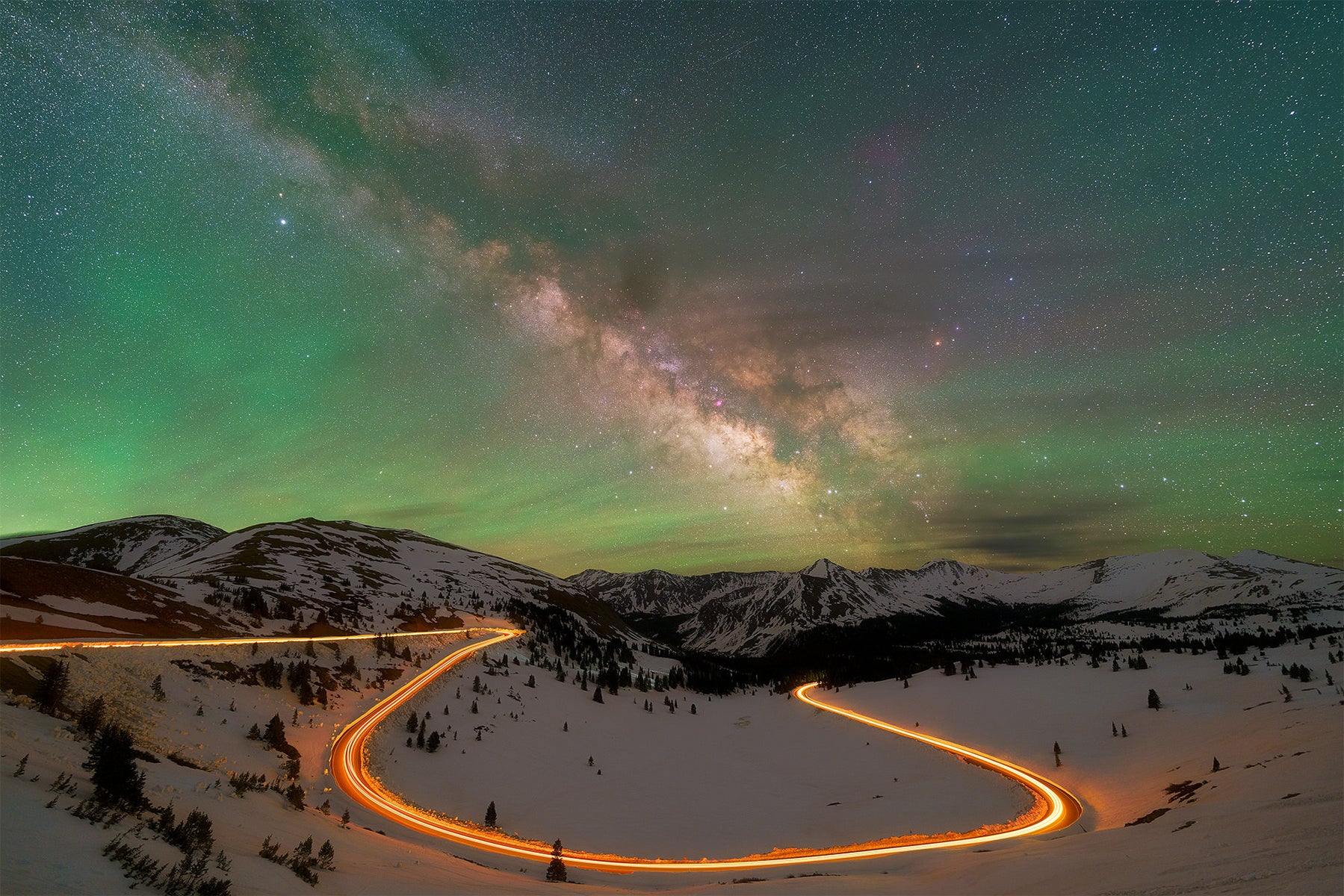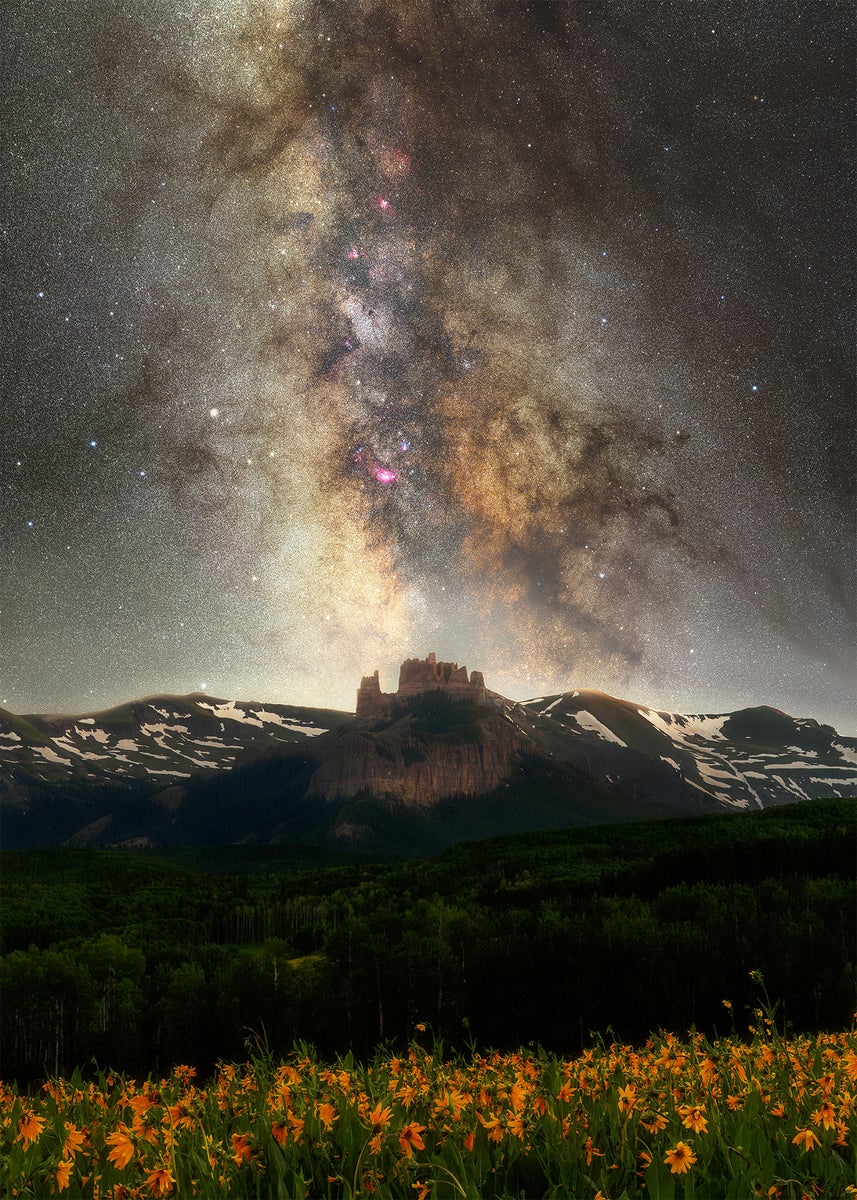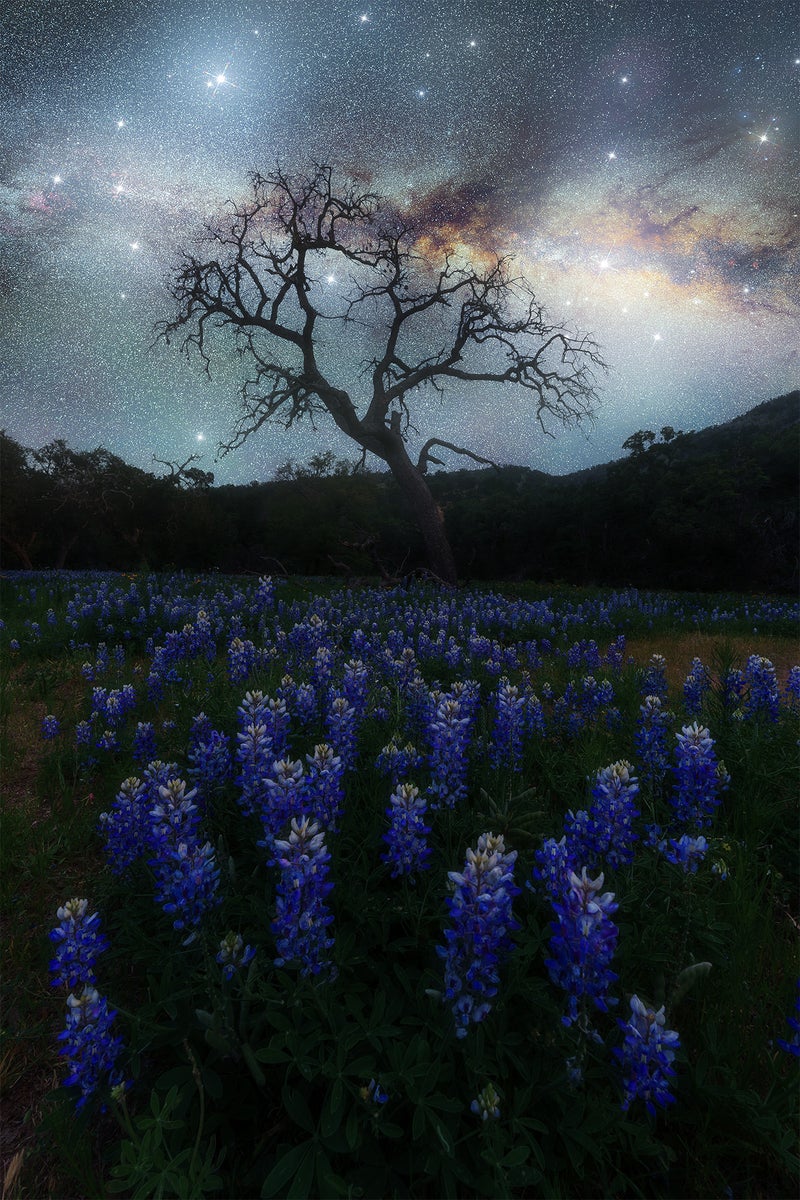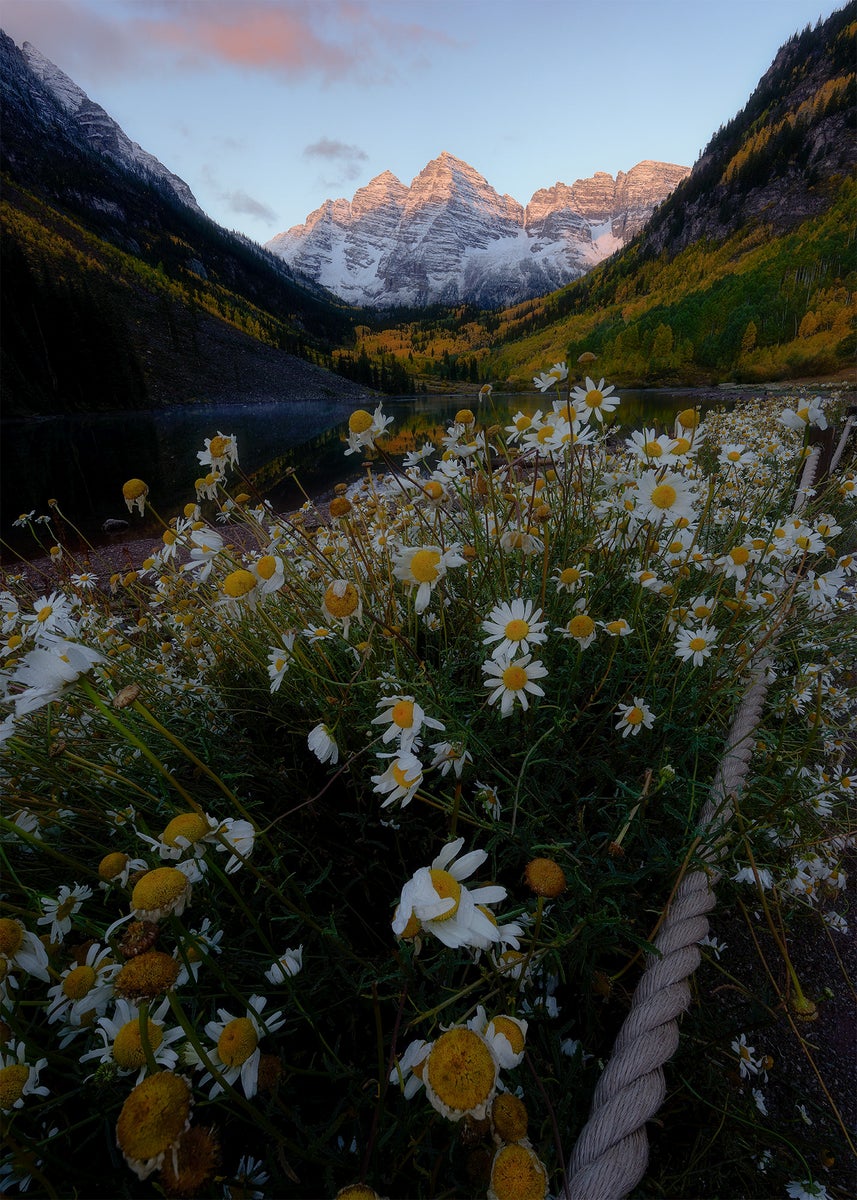Evan Lobeto (@evan_lobeto) is a photographer with a passion for the night sky. “Unfortunately it's not always night time out, so I fill the time in between with landscapes,” he says. “I’ve been shooting with Sony cameras on and off for a little over 10 years, and more seriously for three years. I started with the Sony Alpha 6000 back in 2013 and used it occasionally but my focus on astrophotography didn’t start until 2022 when I got the Sony Alpha 7R III. Astrophotography has been such a great hobby and has gotten me out to explore so many parts of my home state, Colorado, and the surrounding Southwest.” We caught up with Lobeto to learn more about the gear you’ll find in his kit for astrophotography.
Product Preview – In This Article You’ll Find:
–Sony Alpha 7R V
–Sony Alpha 7R III
–Sony 14mm f/1.8 G Master
–Sony 50mm f/1.4 G Master
–Sony 135mm f/1.8 G Master
–Sony 100-400mm f/4.5-5.6 G Master
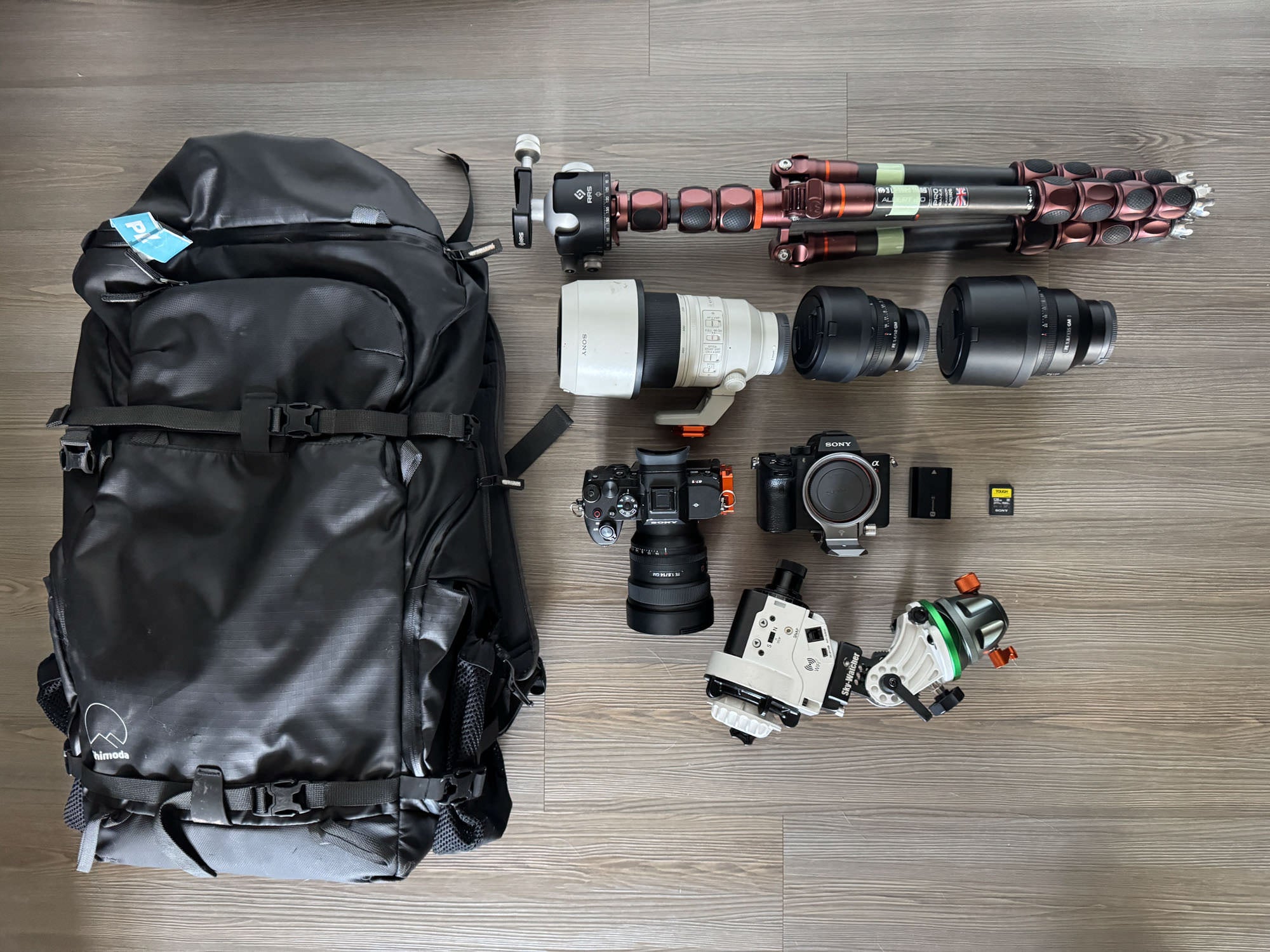
Cameras
Sony Alpha 7R V: Shortly after astro-modifying my Sony Alpha 7R III, I picked up the Sony Alpha 7R V. I was excited by the in-camera focus bracketing that made focus stacking a breeze in the field and enabled me to capture scenes with perfect sharpness from front to back. The 62mp sensor paired with its amazing dynamic range makes it the perfect camera for landscape photos. When I’m taking an astrophoto I’ll shoot my foregrounds with the Sony Alpha 7R V and then capture the sky with the modded Sony Alpha 7R III which strikes the perfect blend between the two bodies.
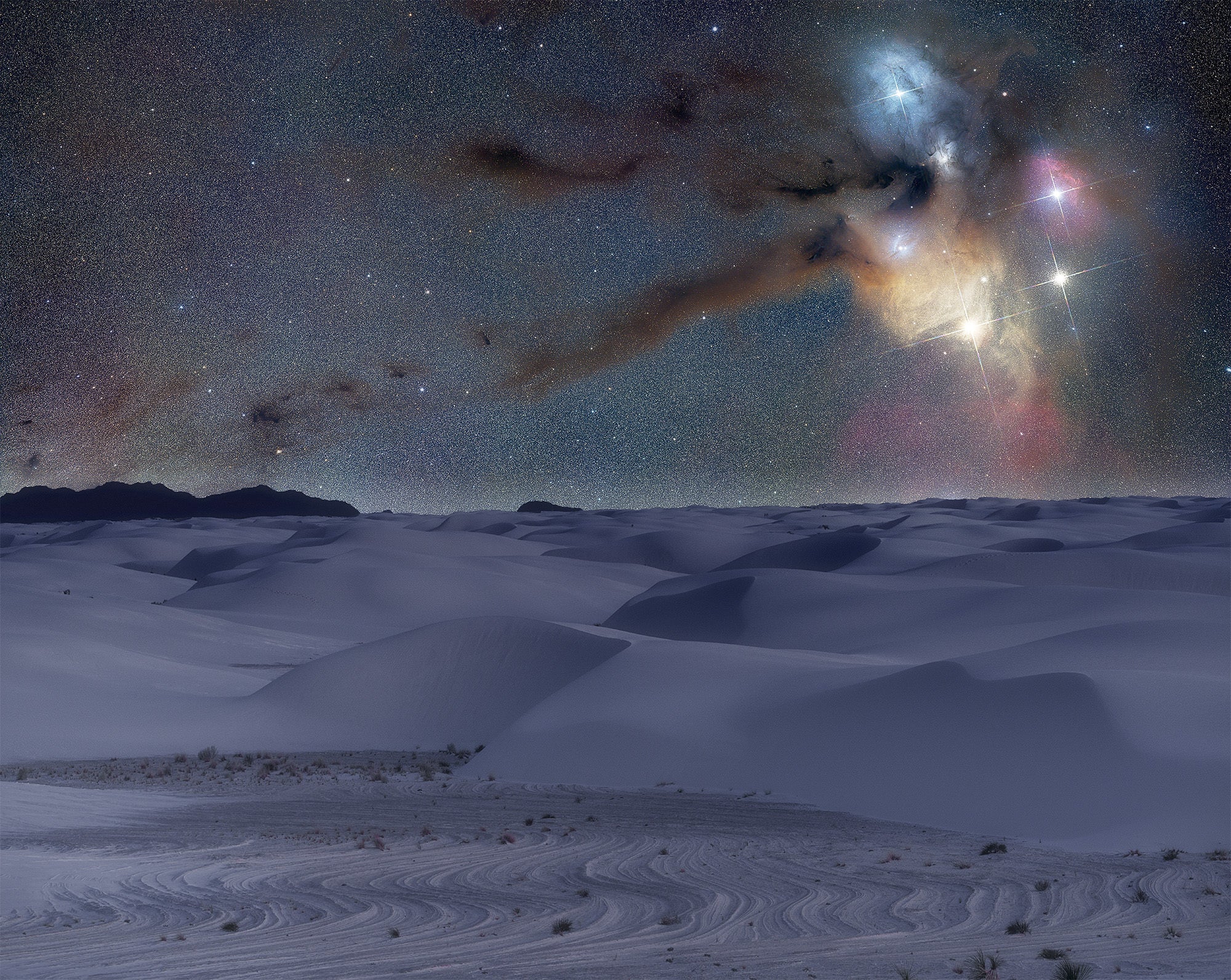
Foreground: Sony Alpha 7R V. Sony 14mm f/1.8 G Master. 1/13-sec., f/8, ISO 100. Sky: 45 images stacked. Sony Alpha 7R V. Sony 135mm f/1.8 G Master. 1/4-sec., f/9, ISO 100
Sony Alpha 7R III (Astro-modified, Visible + H-Alpha): This was my first full-frame camera and opened the doors of astrophotography for me. Its high-resolution sensor captures incredible detail that allows for crop flexibly in post along with large print sizes. The low-light performance is also incredible and even at higher ISOs like 3200 which are often needed in the dark, the images are super clean. I’ve had this camera for several years now and last summer I had it astro modified so I could capture some of the less-seen detail of the night sky. This process involves removing the factory high-pass filter and replacing it with one that lets in more light on the infrared side of the spectrum. This allows the camera sensor to pick up more of the red-pink colors of Hydrogen Alpha that are present in many of the nebulae of the night sky.
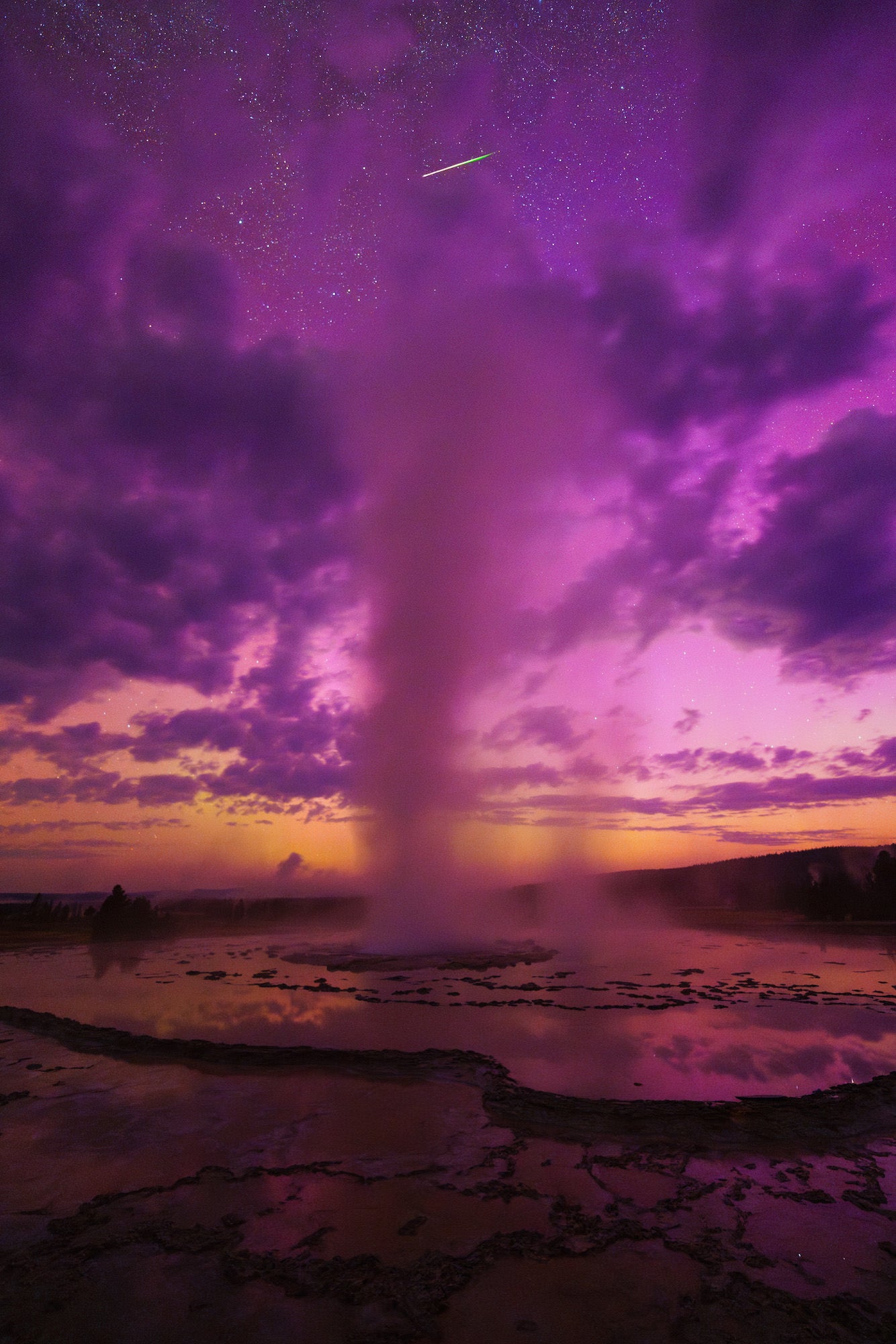
Photo by Evan Lobeto. Sony Alpha 7R III. Sony 14mm f/1.8 G Master. 6-sec., f/1.8, ISO 2000. Read more about this image in Behind The Shot: A Perfectly-Timed Perseid Meteor, Geyser Steam Plume & Aurora In One Frame.
Lenses
Sony 14mm f/1.8 G Master: This lens is the bread-and-butter for the majority of my astrophotos. Its compact size and wide field of view allow me to carry it deep into the backcountry without added weight and capture sweeping scenes of the night sky. Its bright aperture is perfect for letting in the maximum amount of light possible at night.
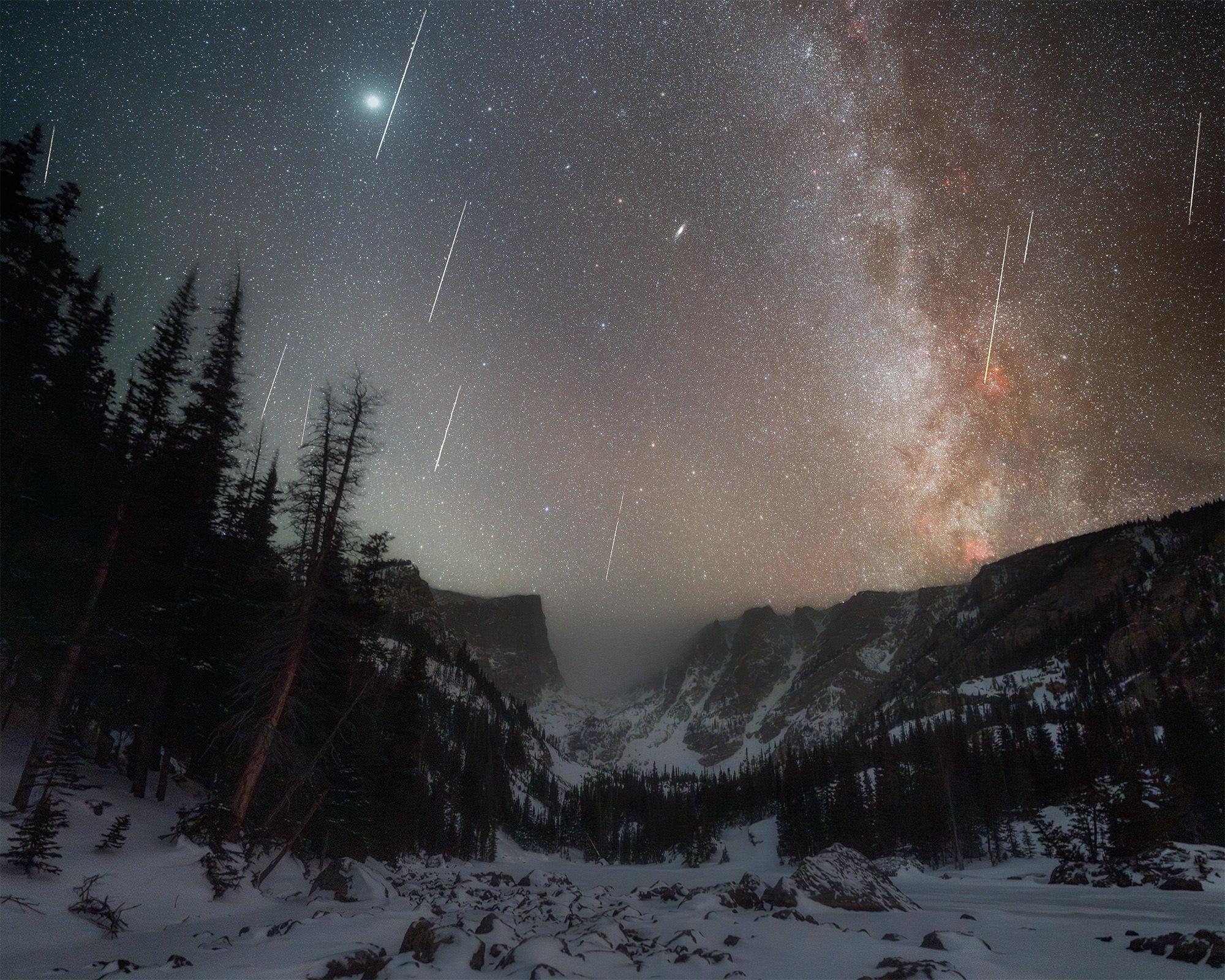
Photo by Evan Lobeto. Foreground: Sony Alpha 7R V. Sony 14mm f/1.8 G Master. 30-sec., f/2.8, ISO 2500. Sky: 10 images stacked. Astro mod Sony Alpha 7R III. Sony 14mm f/1.8 G Master. 30-sec., f/2.2, ISO 640
Sony 50mm f/1.4 G Master: Sony nails it with size and portability; this is another compact, powerhouse of a lens. This lens is fantastic for capturing the details of the Milky Way up close in a way that the 14mm can’t. The Milky Way core is full of incredible nebulae and structures that this lens really brings out. The f/1.4 aperture acts like a funnel and just lets in so much light allowing me to keep the ISO down, especially when paired with a star tracker, for clean images.
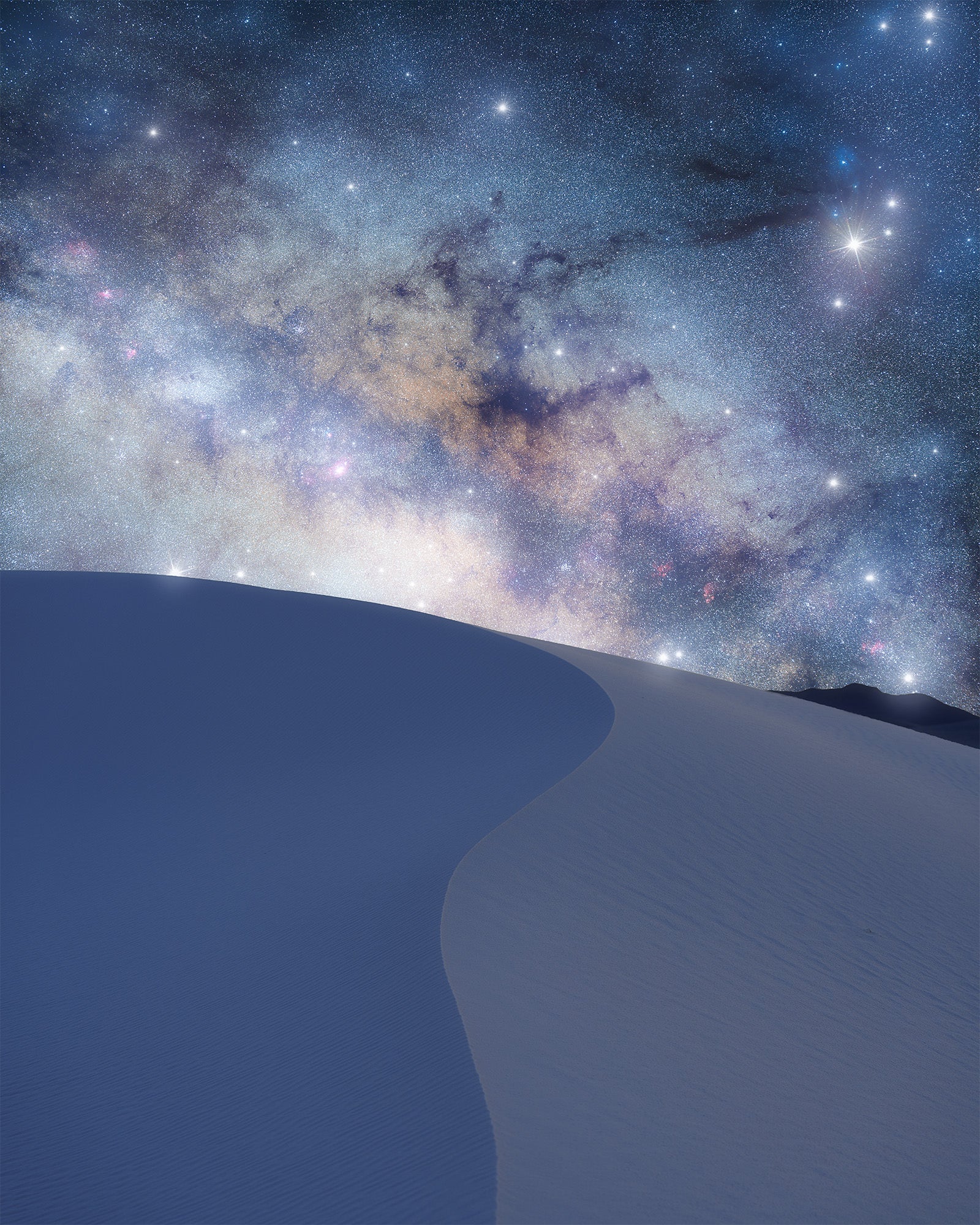
Photo by Evan Lobeto. 10 images stacked. Foreground: Sony Alpha 7R V. 1/200-sec., f/8, ISO 100 Sky: Astro mod Sony Alpha 7R III. Sony 50mm f/1.4 G Master. 120-sec., f/2.2, ISO 320
Sony 135mm f/1.8 G Master: A recent addition to my bag, this lens really shines for larger deep space objects and mosaics of the night sky. It allows me to get really up close and personal with some of the larger structures in the Milky Way and even other galaxies.
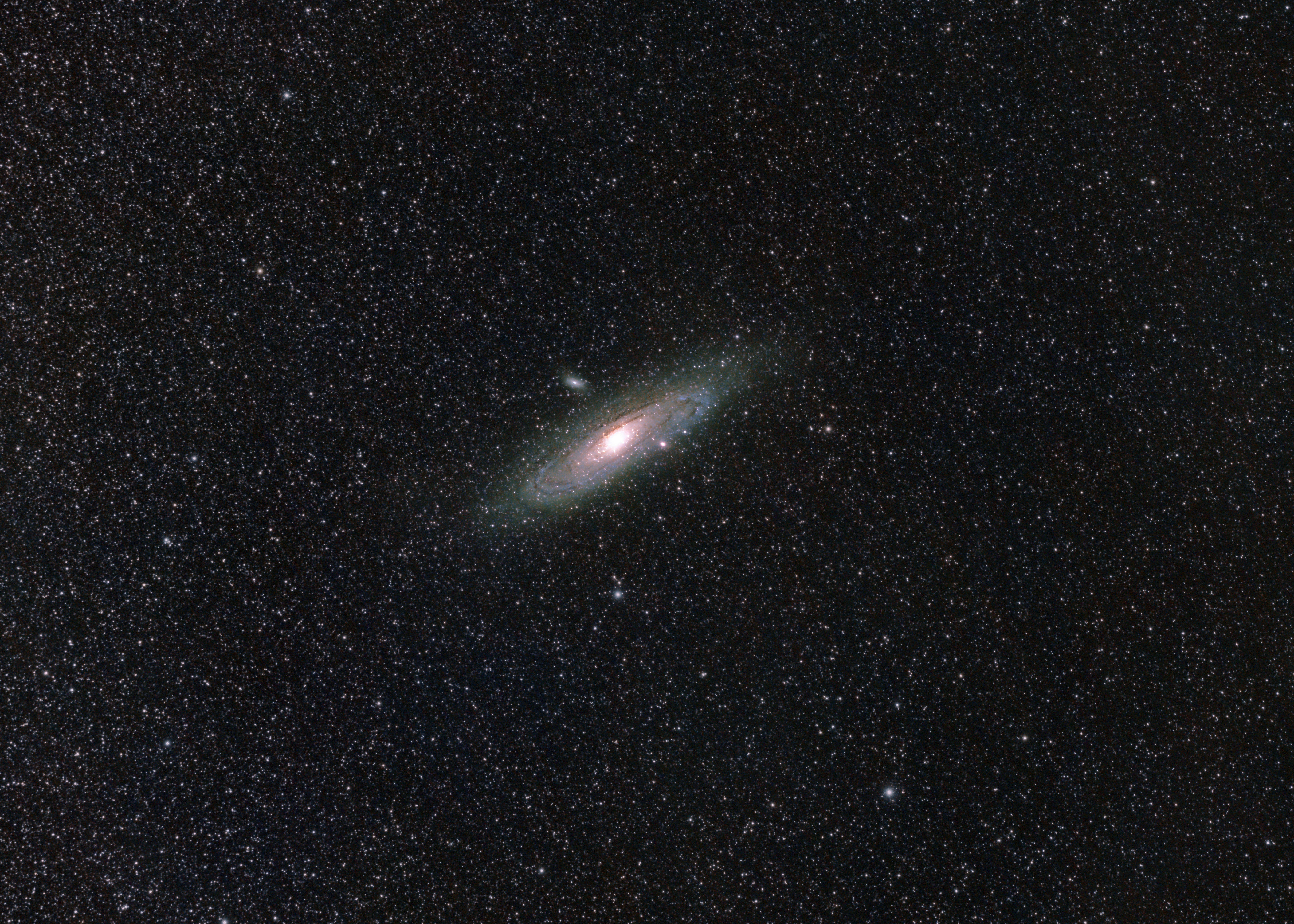
Photo by Evan Lobeto. 600 images stacked. Sony Alpha 7R V. Sony 135mm f/1.8 G Master. 1-sec., f/2, ISO 10000
Sony 100-400mm f/4.5-5.6 G Master: For when the landscapes are just too far away. This lens is a lot of fun to use in the field as it allows me to frame landscapes in a more intimate way and focus on details rather than the larger scene.
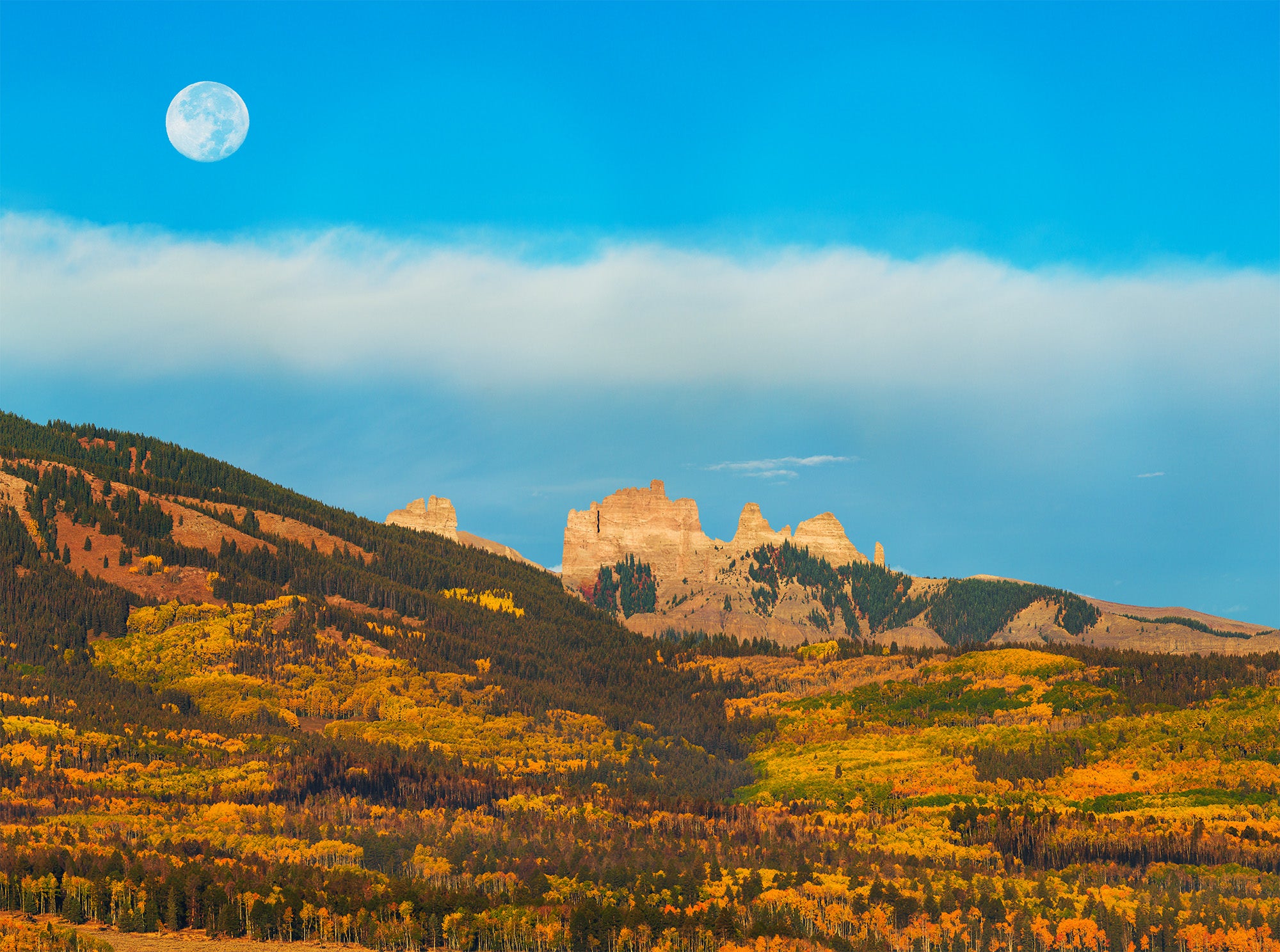
Photo by Evan Lobeto 4 panel mosaic. Astro mod Sony Alpha 7R III. Sony 100-400mm f/4.5-5.6 G Master. 1/200-sec., f/8, ISO 100
Accessories
3 Legged Thing Albert 2.0 tripod: My everyday tripod that I carry with me for the majority of my adventures. It’s relatively lightweight, sturdy and allows for longer exposures and panoramas.
3 Legged Thing Nicky Tripod: The beefy tripod I use with my star tracker. Stability is everything in astrophotography as any vibration could cause misshapen stars and this tripod has never let me down.
Star Adventurer Pro 2i: This has really elevated my astrophotography game by allowing me to take longer exposures without worrying about star trails. Longer exposures at lower ISO result in cleaner images with more detail.
Really Right Stuff BH-55: After trying several different ball heads, this one has been the star of the show. It locks down my gear with no vibrations even in the strong winds night time in the mountains brings.
See more of Evan Lobeto’s work on Instagram @evan_lobeto.
